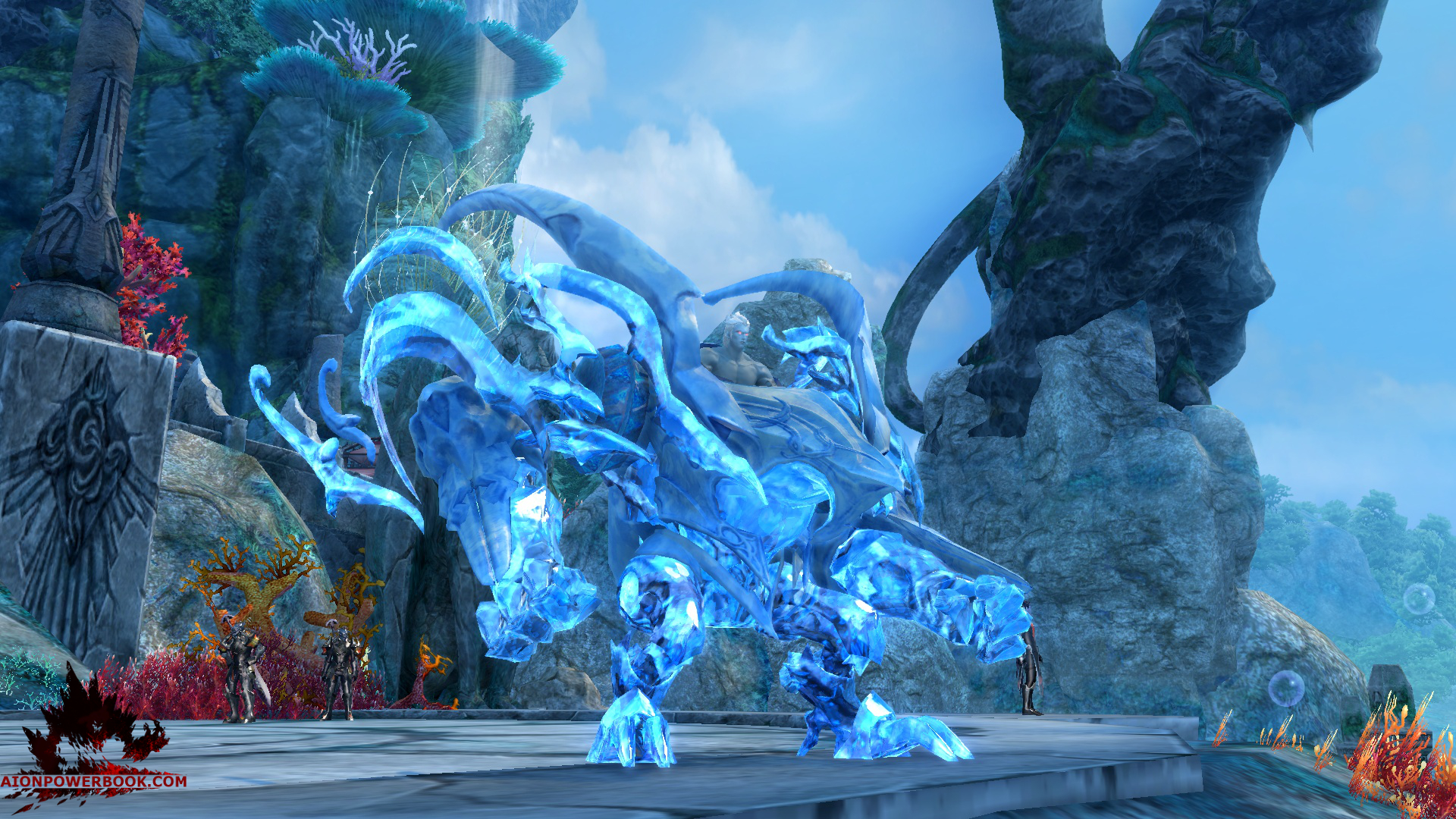
The earliest attestation is the Mycenaean Greek dative form 𐀇𐁂𐁕𐀒 (di-wo-nu-so), featured on two tablets that had been found at Mycenaean Pylos and dated to the twelfth or thirteenth century BC. The dio- prefix in Ancient Greek Διόνυσος (Diónūsos /di.ó.nyː.sos/) has been associated since antiquity with Zeus ( genitive Dios), and the variants of the name seem to point to an original *Dios-nysos. 6.2 Worship from the Middle Ages to the Modern periodĭionysus extending a drinking cup ( kantharos) (late sixth century BC).In myth, he teaches the art of growing and cultivating the plant. As the god of viticulture and grapes, he is connected to the growth and harvest of the fruit. His connection to wine, grape-harvest, orchards, and vegetation displays his role as a nature god. ĭionysus is an agriculture and vegetation deity. He is sometimes categorised as a dying-and-rising god. The cult of Dionysus is also a "cult of the souls" his maenads feed the dead through blood-offerings, and he acts as a divine communicant between the living and the dead. Performance art and drama were also central to his religion, and its festivals were the initial driving force behind the development of theatre. However, rather than being a god of drunkenness, as he was often stereotyped in the post-Classical era, the religion of Dionysus centered on the correct consumption of wine, possibly mixed with psychoactive ingredients such as poppy, which could ease suffering and bring joy, as well as inspire divine madness distinct from drunkenness. Wine, as well as the vines and grapes that produce it, were seen as not only a gift of the god, but a symbolic incarnation of him on earth. Wine played an important role in Greek culture, and the cult of Dionysus was the main religious focus surrounding its consumption. His attribute of "foreignness" as an arriving outsider-god may be inherent and essential to his cults, as he is a god of epiphany, sometimes called "the god that comes".

Though most accounts say he was born in Thrace, traveled abroad, and arrived in Greece as a foreigner, evidence from the Mycenaean period of Greek history shows that he is one of Greece's oldest attested gods. His origins are uncertain, and his cults took many forms some are described by ancient sources as Thracian, others as Greek. In the Eleusinian Mysteries he was identified with Iacchus, the son (or, alternately, husband) of Demeter. Many believed that he had been born twice, having been killed and reborn as the son of Zeus and the mortal Semele. In his religion, identical with or closely related to Orphism, Dionysus was believed to have been born from the union of Zeus and Persephone, and to have himself represented a chthonic or underworld aspect of Zeus. Those who partake of his mysteries are believed to become possessed and empowered by the god himself.
AION DATABASE WATER HARP FREE
As Eleutherios ("the liberator"), his wine, music and ecstatic dance free his followers from self-conscious fear and care, and subvert the oppressive restraints of the powerful.

His thyrsus, sometimes wound with ivy and dripping with honey, is both a beneficent wand and a weapon used to destroy those who oppose his cult and the freedoms he represents. Another name used by the Romans is Liber meaning "free", due to his association with wine and the Bacchanalia and other rites, and the freedom associated with it. He is also known as Bacchus ( / ˈ b æ k ə s/ or / ˈ b ɑː k ə s/ Greek: Βάκχος, Bákkhos), the name adopted by the Romans the frenzy he induces is bakkheia. ə ˈ n aɪ s ə s/ Greek: Διόνυσος) is the god of the grape-harvest, winemaking, fertility, orchards and fruit, vegetation, insanity, ritual madness, religious ecstasy, festivity and theatre in ancient Greek religion and myth. Without proper rendering support, you may see question marks, boxes, or other symbols.ĭionysus ( / d aɪ.

This article contains special characters. Priapus, Hymen, Thoas, Staphylus, Oenopion, Comus, Phthonus, the Graces, Deianira Thyrsus, grapevine, bull, panther, ivy, goat, masks, chaliceĪeacus, Angelos, Apollo, Ares, Artemis, Athena, Eileithyia, Enyo, Eris, Ersa, Hebe, Helen of Troy, Hephaestus, Heracles, Hermes, Minos, Pandia, Persephone, Perseus, Rhadamanthus, Tantalus, the Graces, the Horae, the Litae, the Muses, the Moirai Second-century Roman statue of Dionysus, after a Hellenistic model (ex-coll.


 0 kommentar(er)
0 kommentar(er)
